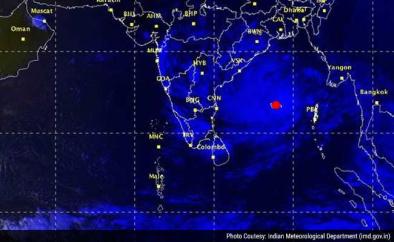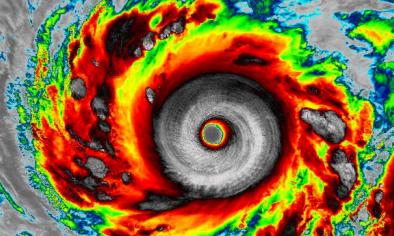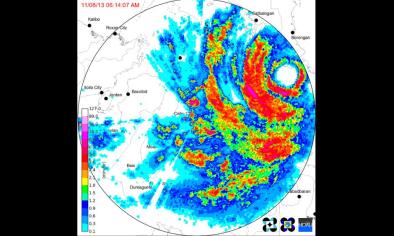Science Source
Interdecadal Changes in Summertime Tropical Cyclone Precipitation over Southeast China during 1960–2009
- Examines the changes in tropical cyclone (TC) precipitation and the associated contributing factors over southeast China during 1960–2009
- States that climatologically, TC rainfall accounts for approximately 20%–40% of the total rainfall over southeast China during boreal summer, and the contribution can even reach 50% for some of the coastal provinces, such as Guangdong, Fujian, Zhejiang, and Hainan
- States the dominant mode of TC rainfall reveals a dipole pattern over southern southeast China (SSC) and eastern southeast China (ESC), and the associated principal component time series exhibits remarkable interdecadal variations, with two potential change points being identified in the late 1970s and early 1990s
- States these interdecadal shifts in TC rainfall are also found to be synchronous with two regime shifts in total rainfall, and they can account for more than 40% of the total rainfall anomalies over the coastal regions of southeast China
- Breaks down the overall TC rainfall anomalies into three different components (rainfall frequency, rainfall intensity, and nonlinear terms) based on a new empirical statistical approach to discover the dominant factors responsible for the interdecadal variation
- Finds that the interdecadal variation in TC precipitation over SSC is controlled predominantly by changes in TC rainfall intensity as well as TC rainfall frequency, while that over ESC depends mainly on the intensity and the nonlinear terms
- Examines, further, the TC passage frequency (TPF), which suggests that the significant reduction in TPF and TC rainfall frequency over SSC during 1979–92 is associated mainly with suppressed TC genesis (negative genesis effect), while the increase in TPF and TC rainfall frequency during 1993–2009 can be attributed primarily to the enhanced passage probability (positive track effect) over SSC
- States that variations in TC rainfall intensity seem to be unrelated to the TC’s own intensity change
Related Content
Headline

May 10, 2017 | NDTV.com
Andhra Pradesh Braces For Cyclone Hudhud, Evacuations Are Planned
Headline

May 10, 2017 | News24
Philippine envoy to lead 40 day climate change march
Headline

May 10, 2017 | Weather Underground | Category 6
Super Typhoon Vongfong a Threat to Japan; Tropical Cyclone Hudhud Menaces India
Headline

May 10, 2017
Super Typhoon Haiyan: Strongest Landfalling Tropical Cyclone on Record


